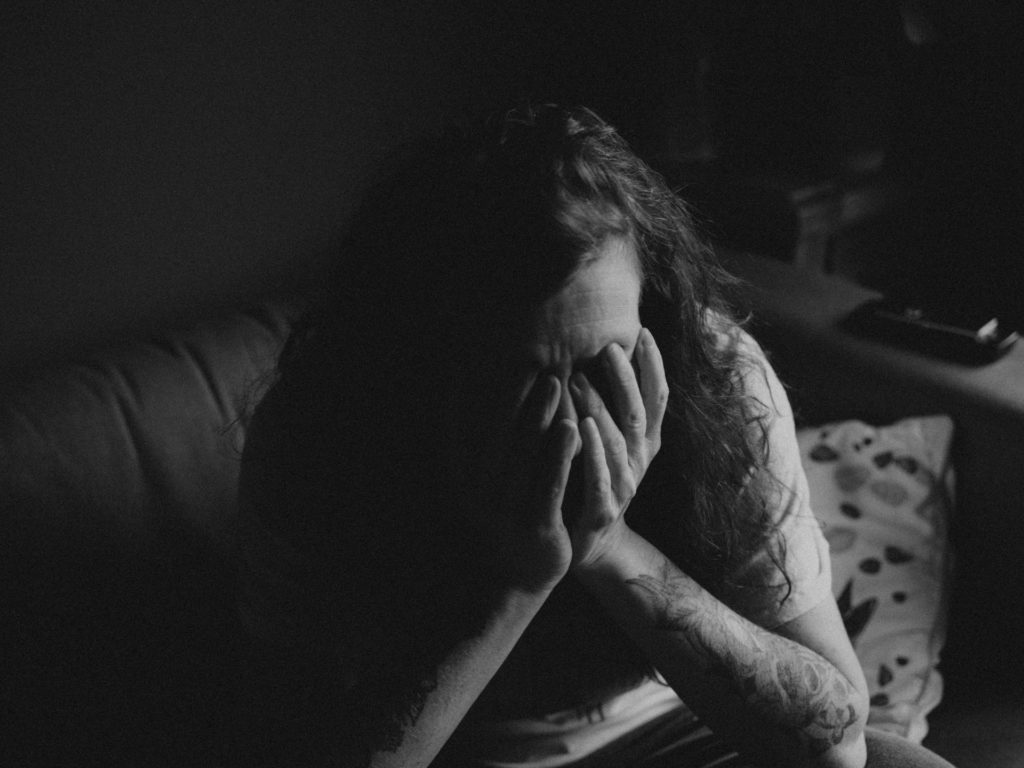Insomnia is a surprisingly common situations faced by many people. In fact, it is estimated that 30-35% of the population experiences brief incidents of insomnia while up to 20% have short-term problems that last less than three months. Meanwhile, 10% of the population can be seen as experiencing chronic insomnia where bouts occur at least thrice weekly for more than three months.
Insomnia can be a major problem, causing daytime fatigue and sleepiness that puts people at greater risk of accidents while driving or at work. It is also shown to cause poor concentration, low motivation, irritability, and anxiety. Furthermore, insomnia is associated with a greater risk for development of stroke, seizures, inflammation, obesity, and diabetes.
What Is Light Therapy?
Light therapy is a specific type of treatment that is often utilized for insomnia and various other sleep disorders. For example, people who have difficulty waking up will often engage in light therapy in the morning. People who tend to wake up too early can engage in light therapy in the evenings.
During light therapy, people typically sit a few feet away from the artificial light source. A session may be as short as 20 minutes but can also last for up to two hours. Doing light therapy consistently can help shift your sleep schedule.
How Does Light Therapy Help with Insomnia?
The concept at the heart of using light therapy to treat insomnia is the body’s circadian rhythm. While this term may be unfamiliar, the concept should not be. Our bodies are essentially designed to participate in a repeating 24-hour cycle. We tend to go to sleep at similar times and wake up at similar times.
However, people suffering from sleep disorders have issues with their body responding to the natural circadian rhythm, which can affect their physical, mental, and behavioral processes. Since the circadian rhythm is driven primarily by cues from the body’s response to light and dark, light therapy helps to essentially reset and reestablish the circadian rhythm.
When using light therapy to combat insomnia, people will often use artificial light periodically during the day. This may occur in the morning while eating breakfast, during the day at your office desk, or in the early evening while watching TV. The goal is to help your body get a signal as to when to be awake and alert. As a result, the absence of the artificial light at night should signal your circadian rhythm to sleep.
Research has shown that this tends to be an effective method of treatment for insomnia and many sleep disorders. Sustained use for as little as a few weeks can be quite effective, making it a relatively easy to implement solution for many people. As always, if you are experiencing issues such as insomnia, be sure to speak with your doctor.




